The second I stepped inside Westminster Abbey, I felt like I’d just walked into a living piece of history. British kings and queens have crowned each other here for over 900 years, and so many of the nation’s most influential people rest here now.
Every chapel and corridor seemed to buzz with stories, from legendary poets and scientists to powerful rulers.
As I wandered past ancient tombs and beneath those soaring stone arches, I felt like I was moving through centuries of tradition and memory. Sure, the audio guide helped explain what I saw, but honestly, nothing really compares to standing right where so many famous figures once stood.
If you want to see the heart of British history up close, this is the place.
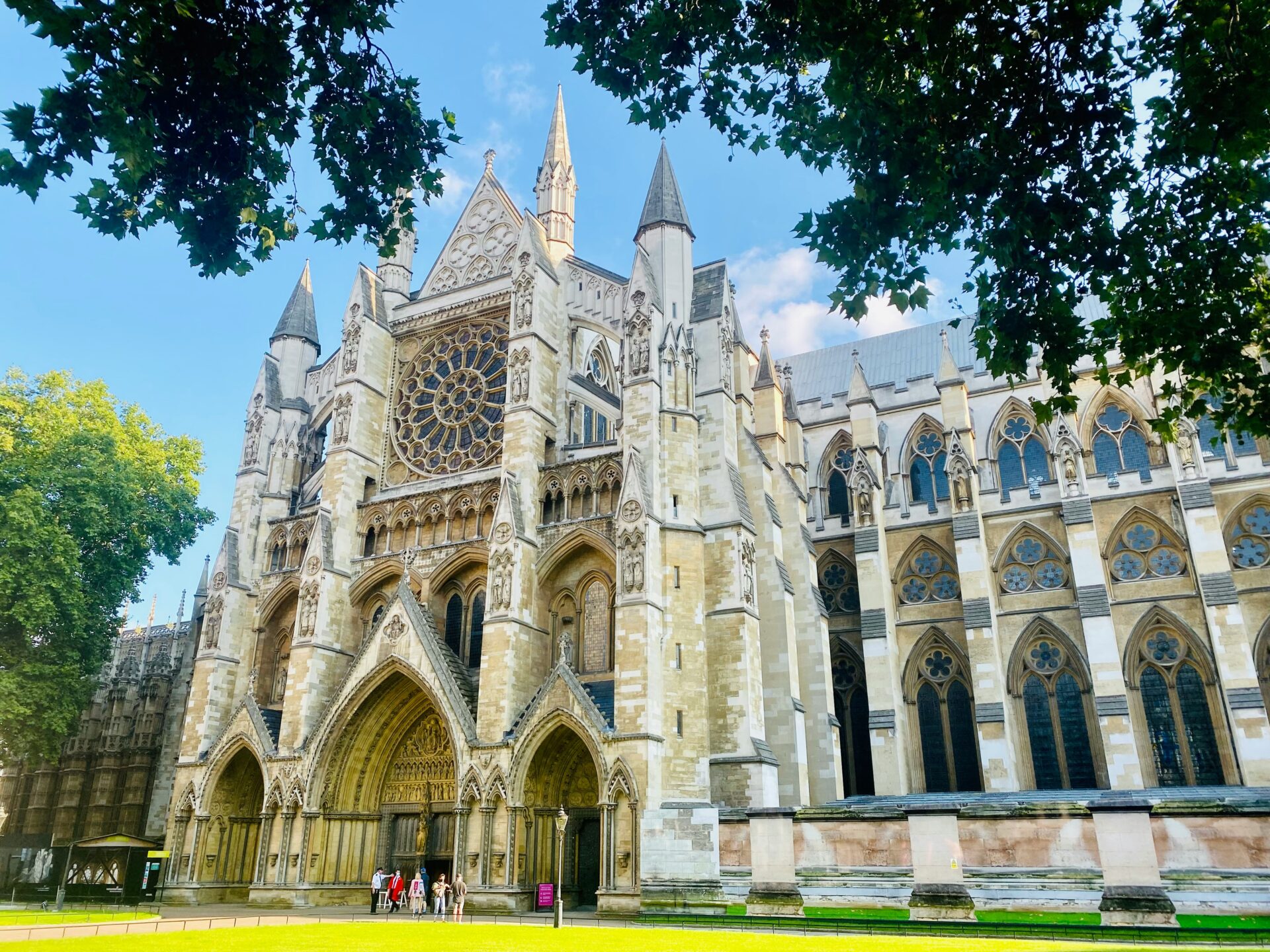
Walking Among Monarchs: The Royal Tombs of Westminster Abbey
I wandered through Westminster Abbey’s storied aisles and suddenly found myself surrounded by the tombs of monarchs who shaped England’s history. From medieval kings to the famous Elizabethan era, every name carved into stone seemed to whisper about power, legend, and changing royal traditions.
Kings and Queens Who Shaped England
Westminster Abbey holds the remains of more than 30 kings and queens. When I passed the shrine of Edward the Confessor, I realized just how deep England’s royal roots go.
His tomb stands as one of the oldest and most revered spots in the Abbey.
A bit further on, the tombs of Henry III and Edward I really catch your eye. Their reigns marked big changes—from royal power getting stronger to the early days of English common law.
I stopped in front of Queen Elizabeth I’s tomb and felt a shiver. Her legacy defined an era—exploration, culture, and the defeat of the Spanish Armada. Standing there felt surreal, like I was right at the heart of the Elizabethan world.
Here’s a tip: Don’t miss the Henry VII Lady Chapel. It’s not just beautiful—it’s where you’ll find the tombs of some of England’s most famous monarchs, including Henry VII and Elizabeth I.
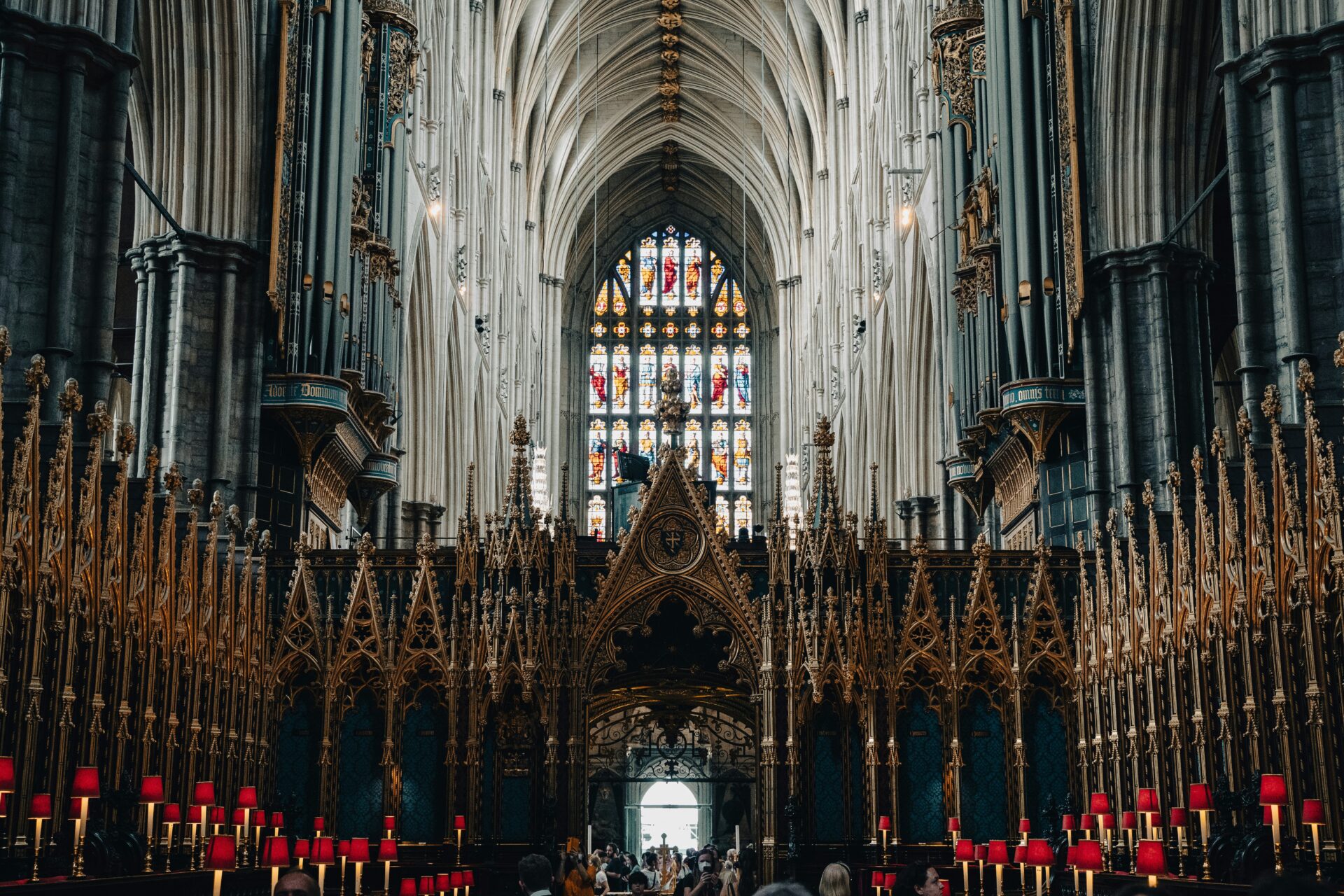
Legends and Heroism in Royal Burials
Stories of heroism and legend swirl around many royal burials here. I thought about Richard II and Mary, Queen of Scots—their lives filled with both tragedy and courage.
As I passed their tombs, I remembered these weren’t just rulers; they were complicated people whose lives shaped myth and memory.
The details on the tombs—carvings, coats of arms, and inscriptions—make these legends feel real. I stopped at the tomb of Henry V, covered in symbols of knighthood and chivalry, and pictured his leadership at the Battle of Agincourt.
Moments like this make it easy to imagine old royal courts, daring battles, and epic acts of bravery.
I took time to read the plaques and look closely at the artistry. Each memorial seemed to invite me into England’s ongoing story of leaders and legends.
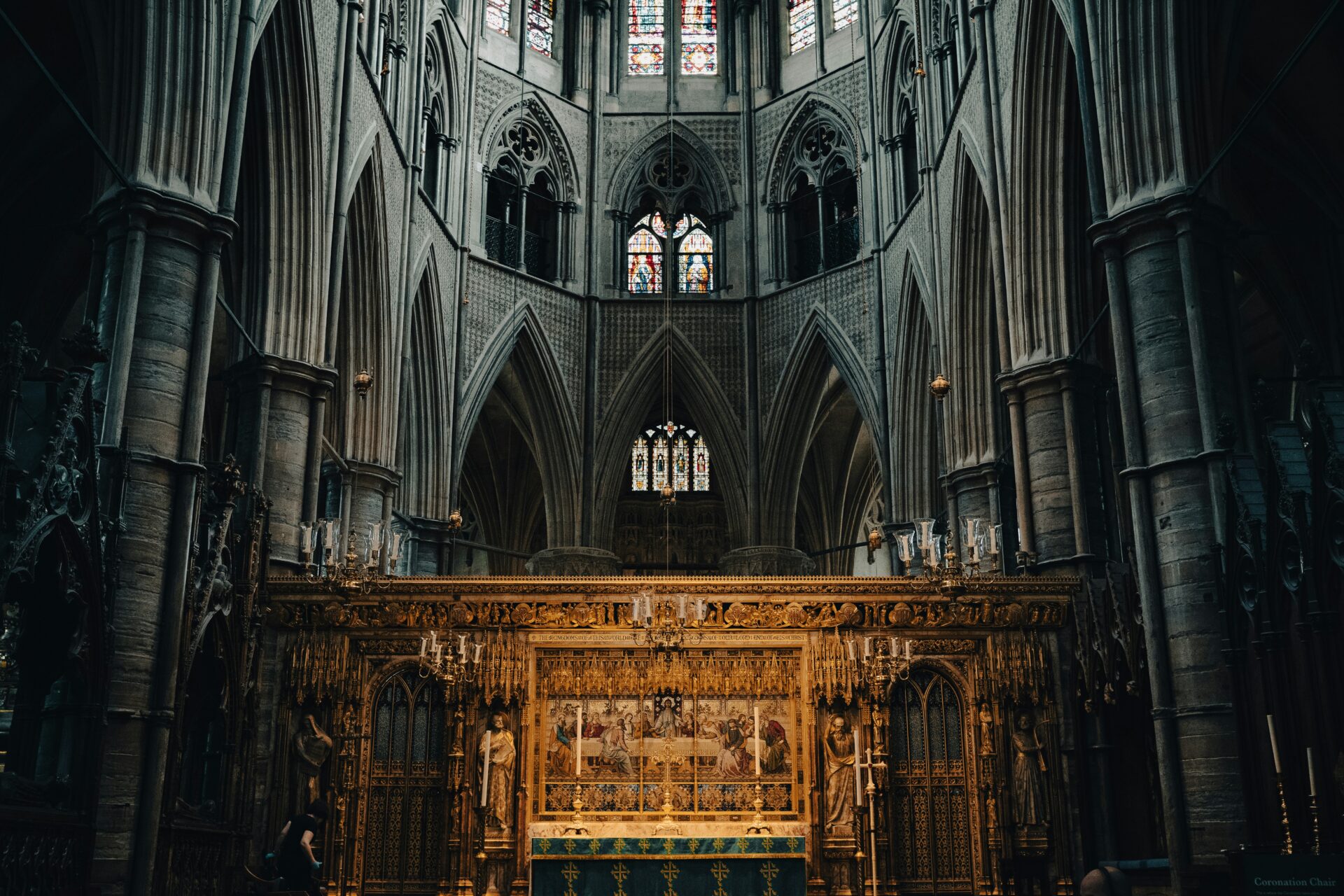
The Evolution of Memorial Traditions
Memorial traditions at Westminster Abbey have changed a lot over the centuries. Early royal burials, like Edward the Confessor’s, focused on religious devotion. They built elaborate shrines close to the altar, showing the sacred bond between monarchy and church.
The Tudors shifted things. The Henry VII Lady Chapel brought gothic architecture and ornate stonework that matched the changing tastes of the Elizabethan and Renaissance periods.
Memorials became more about grand artistry and celebrating royal lineage.
I noticed that newer memorials, like those for Queen Elizabeth II, blend modern and traditional styles. Names and dates appear simple and solemn, but the sense of history stays strong.
Exploring these spaces, I saw how England’s way of honoring its monarchs mirrors changes in art, society, and values over time.
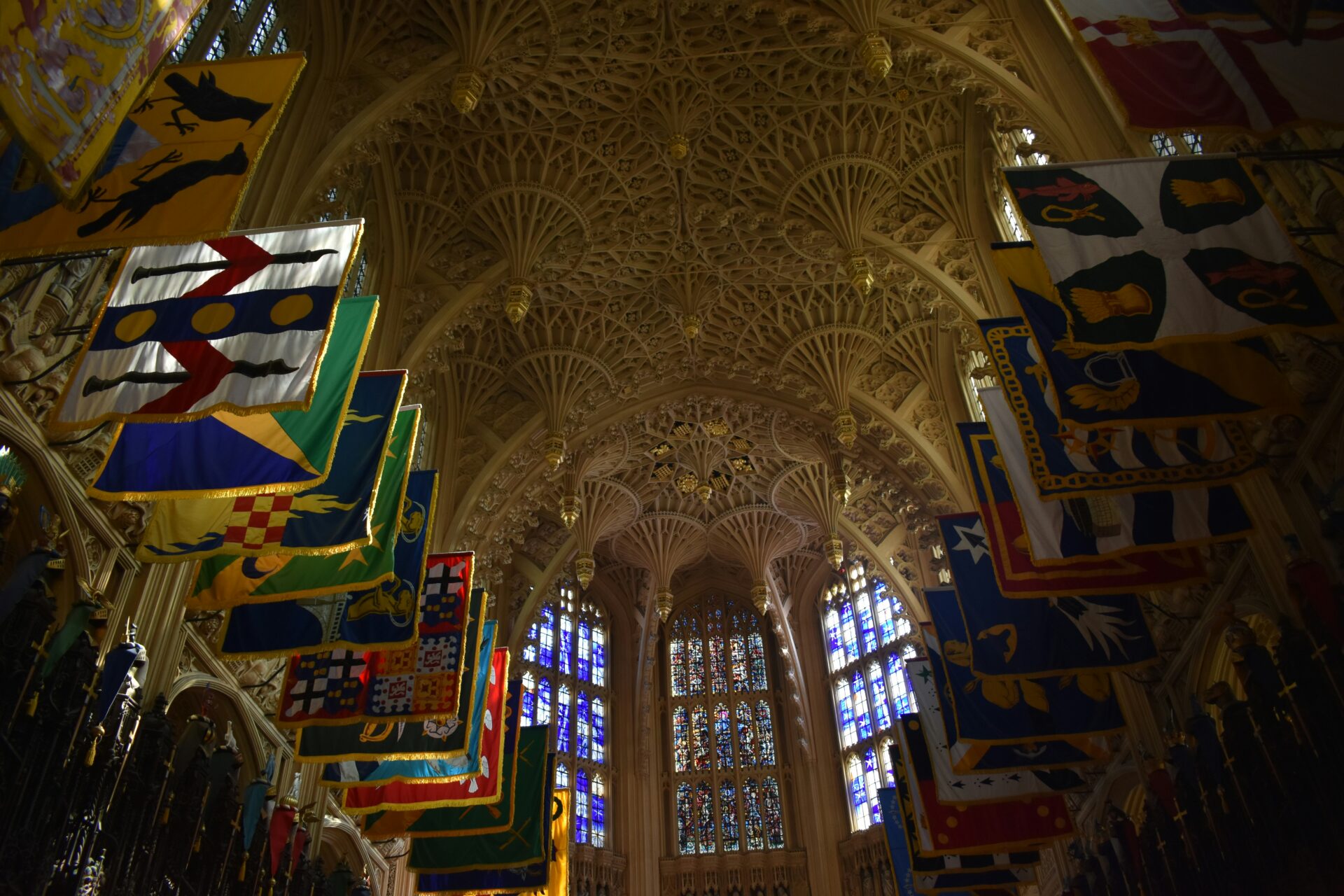
Poets’ Corner: Honoring Literary Giants
When I walked into Poets’ Corner, I felt the weight of centuries of literature all in one place. The names around me were the ones I grew up reading, and suddenly this wasn’t just a resting place—it was a living tribute to imagination and artistic achievement.
Famous Authors and Their Stories
Here, you’ll find memorials and graves for some of the most famous writers in English history. Geoffrey Chaucer, who wrote The Canterbury Tales, was the first poet buried in Poets’ Corner back in 1400. He basically started a tradition that later brought in legends like Charles Dickens, Rudyard Kipling, and Alfred, Lord Tennyson.
Walking past the inscriptions felt like following a timeline of storytelling. I spotted Jane Austen’s name—she’s not buried here, but her memorial still gave me chills.
The Brontë sisters, Lord Byron, and Oscar Wilde are honored too, each with their own plaques or stones. The mix of graves and memorials makes it feel like an open book, every page covered with another literary giant.
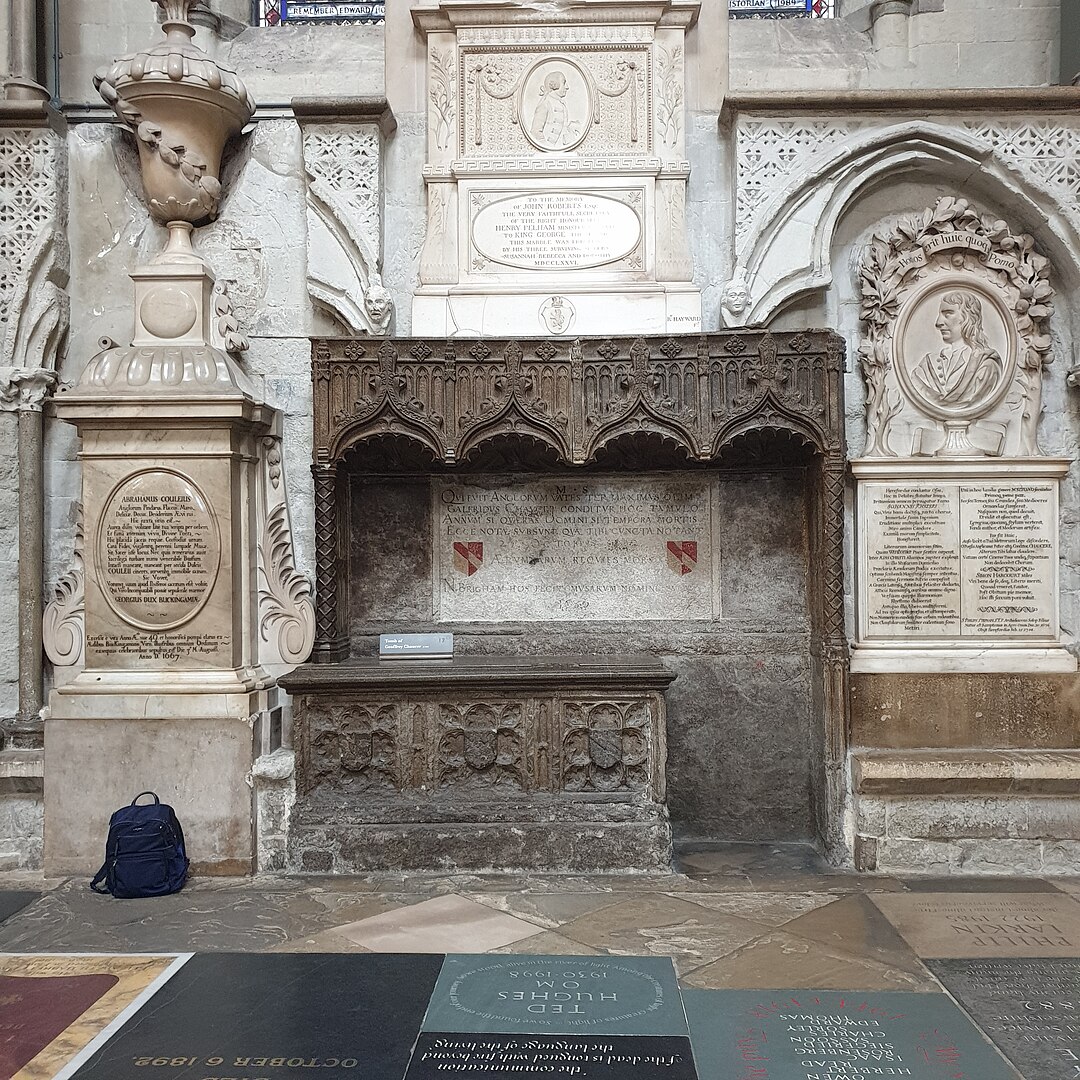
Celebrating Literature and Imagination
Poets’ Corner isn’t just about who’s buried there. It’s a celebration of the power of literature and what the human imagination can do.
Standing in the south transept, I watched visitors pause at each name, whispering lines they remembered from school or childhood.
The space acts like a bridge between readers and authors, stretching across the centuries. When I saw Daniel Defoe’s name—he wrote Robinson Crusoe—I thought about how stories travel, from old library books to eBooks on tablets.
No matter the format, imagination connects us.
The plaques made me curious. I noticed some people looking up poems or book excerpts right on their phones, bringing the Abbey’s history to life in new ways.
It’s a place where words matter as much as stone.

From Epics to Essays: The Diversity of Genius
The writers celebrated here didn’t all write the same things. Some, like Milton, wrote epic poems. Others, like Austen and Dickens, became famous for novels or essays.
What really struck me was the diversity—Elizabethan playwrights, Victorian novelists, and even more recent poets like Ted Hughes all share this space.
Here’s a quick look at the variety:
| Author | Genre | Notable Work |
|---|---|---|
| Geoffrey Chaucer | Epic Poetry | The Canterbury Tales |
| Charles Dickens | Novels | Great Expectations |
| Jane Austen | Novels | Pride and Prejudice |
| John Milton | Epic Poetry | Paradise Lost |
| Samuel Johnson | Essays/Lexicography | A Dictionary of the English Language |
| Rudyard Kipling | Poems, Stories | The Jungle Book |
Walking through, I realized Poets’ Corner can inspire anyone who loves words, no matter their favorite style. Whether you’re into epic adventures, quiet essays, or the pages of Robinson Crusoe, every part of literature’s history has a spot here.

Echoes of Democracy: Abbey as a Stage for Nations
As I moved through Westminster Abbey, I could feel how it shaped England’s story. Moments of power, rebellion, and hope for more democracy seemed to linger in every stone.
The Abbey isn’t just a church—it’s a stage for some of England’s biggest steps toward freedom.
Coronations and the Birth of Traditions
Coronation ceremonies at the Abbey are both grand and deeply symbolic. For nearly a thousand years, English monarchs have been crowned beneath these arches.
I saw the Coronation Chair, dating back to 1300, and imagined the tension and pride as rulers began their reigns.
These rituals set the tone for how power is handed over and what it means to rule. The coronation oath, sworn in front of both citizens and nobles, is about serving the people, not just commanding them.
This mix of tradition and public witness helped plant the seeds of democracy, even when kings and queens held most of the power.
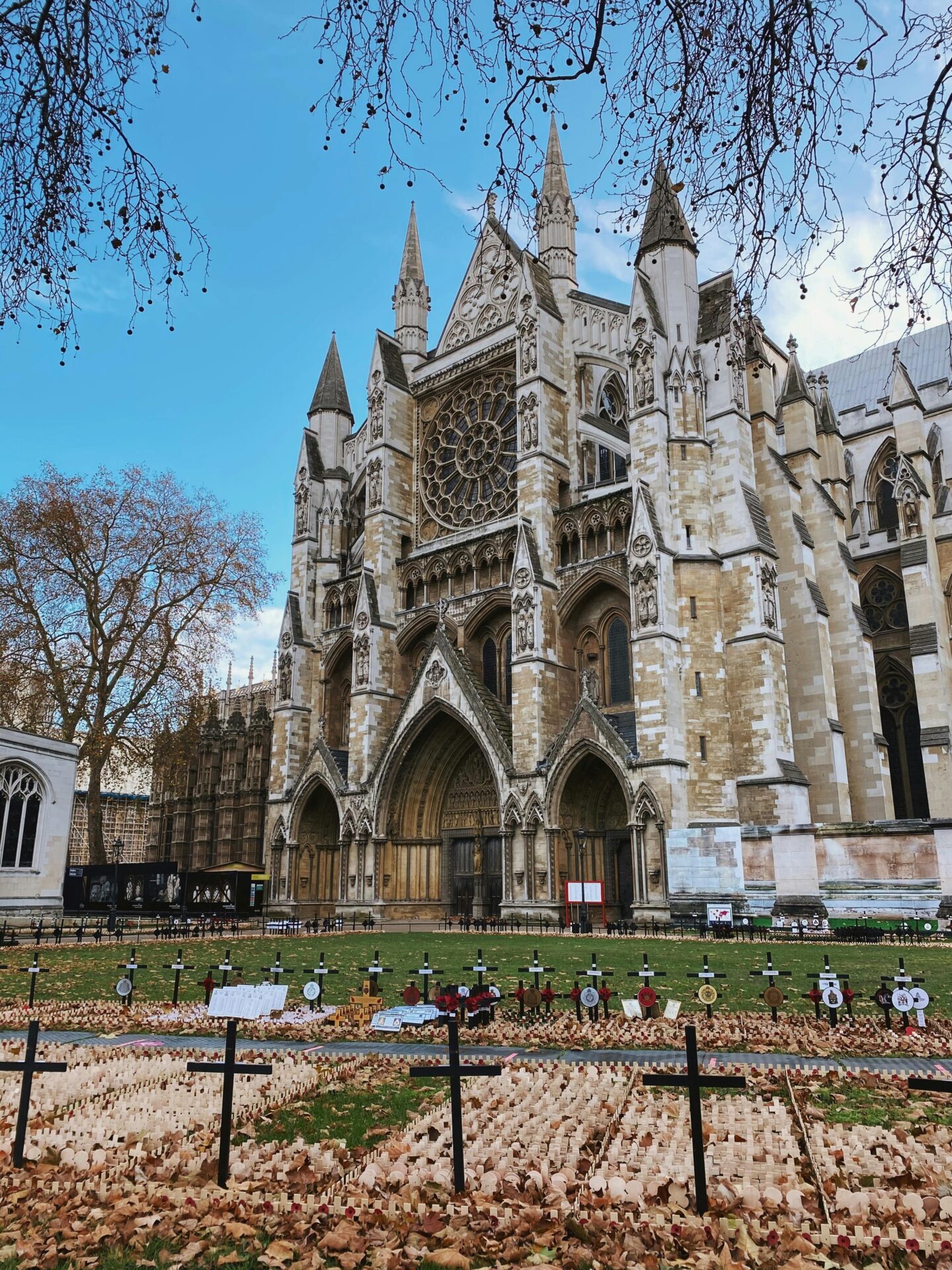
Abbey’s Role in the March Toward Freedom
The Abbey has also been a place where voices for freedom found a stage. Royal weddings and funerals drew crowds who came to witness national events, turning the Abbey into a meeting ground for both rulers and the people.
Parliament and the monarchy clashed in its shadow, fighting to shape laws and society. As I wandered Poets’ Corner, I remembered how writers and thinkers honored here pushed new ideas about liberty and justice.
The Abbey, filled with royal and famous tombs, watched debates and decisions that eventually led England away from absolute rule and toward more rights for everyone.
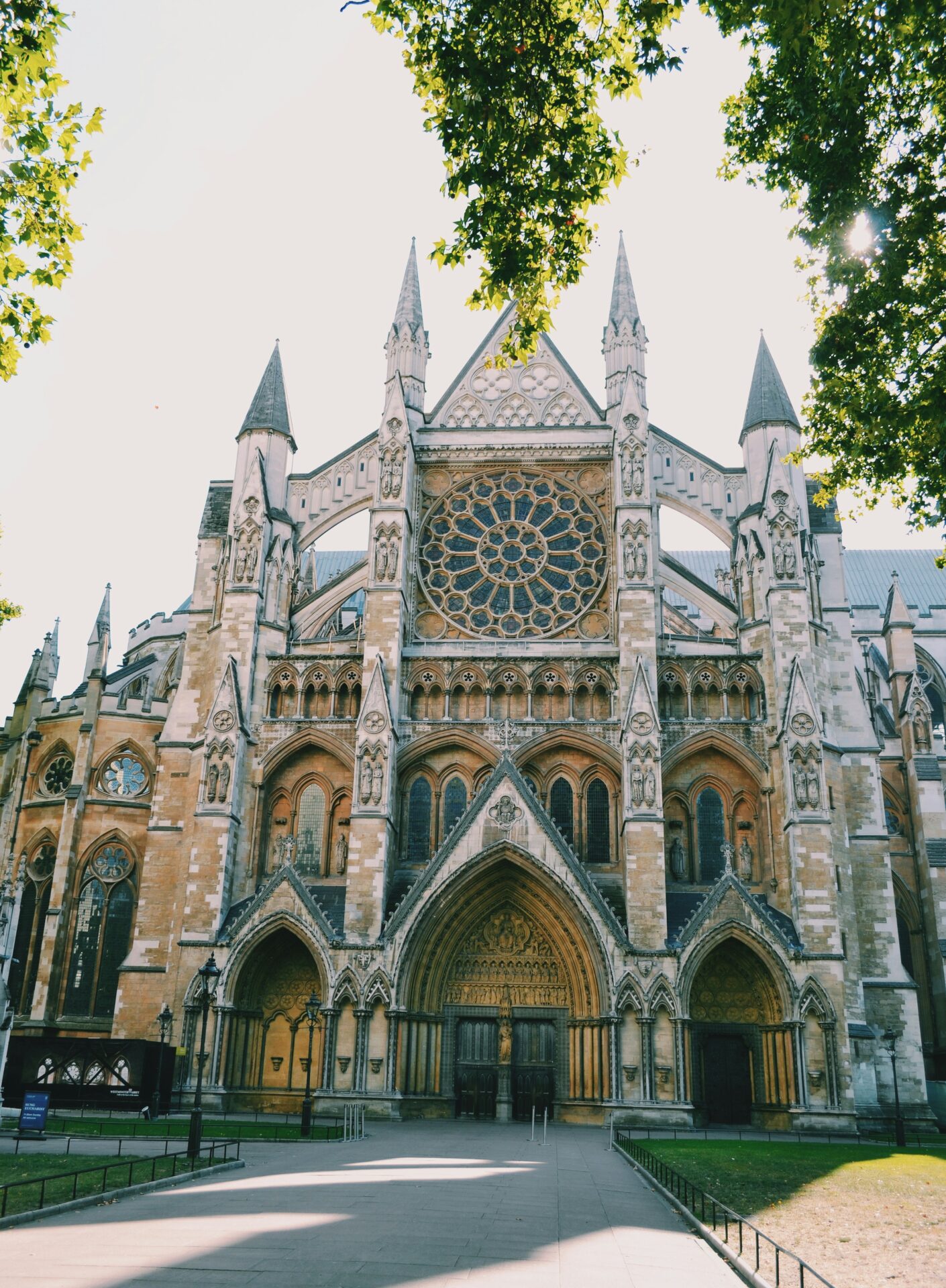
Architectural Wonders and Historic Treasures
Walking into Westminster Abbey felt like stepping inside a living museum. The Abbey’s beauty isn’t just in the big stuff—the arches, windows, and famous tombs—but also in the little surprises and hidden corners that connect it to London’s riverside past.
Renaissance and Elizabethan Influences
Many architects and kings shaped Westminster Abbey, but I kept coming back to the Renaissance and Elizabethan details. While the main structure rose between the 13th and 16th centuries, the Elizabethan period left its own mark.
Under the high Gothic arches, I noticed how some areas mixed pointed arches and ribbed vaulting with more precise Renaissance lines. Portraits of Elizabethan nobles fill a few chapels.
The Lady Chapel, built by Henry VII and finished in the early 1500s, is covered in delicate fan vaulting and carved stone that honestly took my breath away.
In Poets’ Corner, famous Elizabethan writers like Geoffrey Chaucer and Edmund Spenser rest, showing how the Abbey became a tribute to both royalty and art.
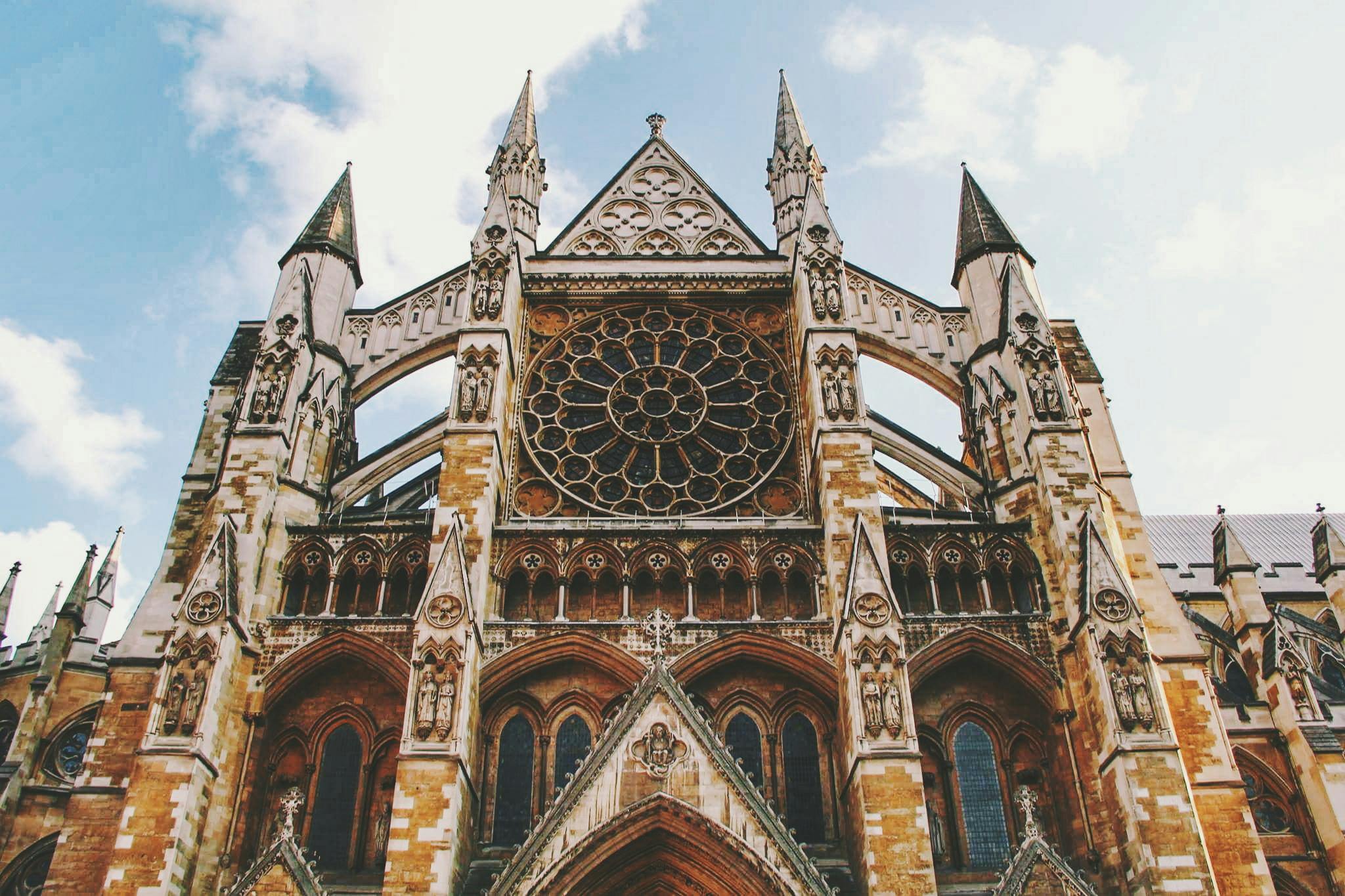
Sacred Spaces Along the Thames
Westminster Abbey sits right by the River Thames, which gives it a special place in the city. The flowing water outside feels connected to the hush inside.
The Abbey isn’t just a tourist spot—it’s a working church, surrounded by the deep history of the river and the city.
I suggest exploring the nave and sanctuary, where sunlight pours through stained glass and sometimes glows with the river’s reflection. Each morning, you might hear bells drifting over the Thames.
For centuries, royal processions crossed bridges or moved along the riverbanks to these doors.
Quick tips for visitors:
- Arrive early for quieter walks through the cloisters.
- Look for river carvings in some of the oldest stones.
- Step outside and check out how the Abbey’s towers seem to watch over the Thames, guarding both old secrets and daily London life.
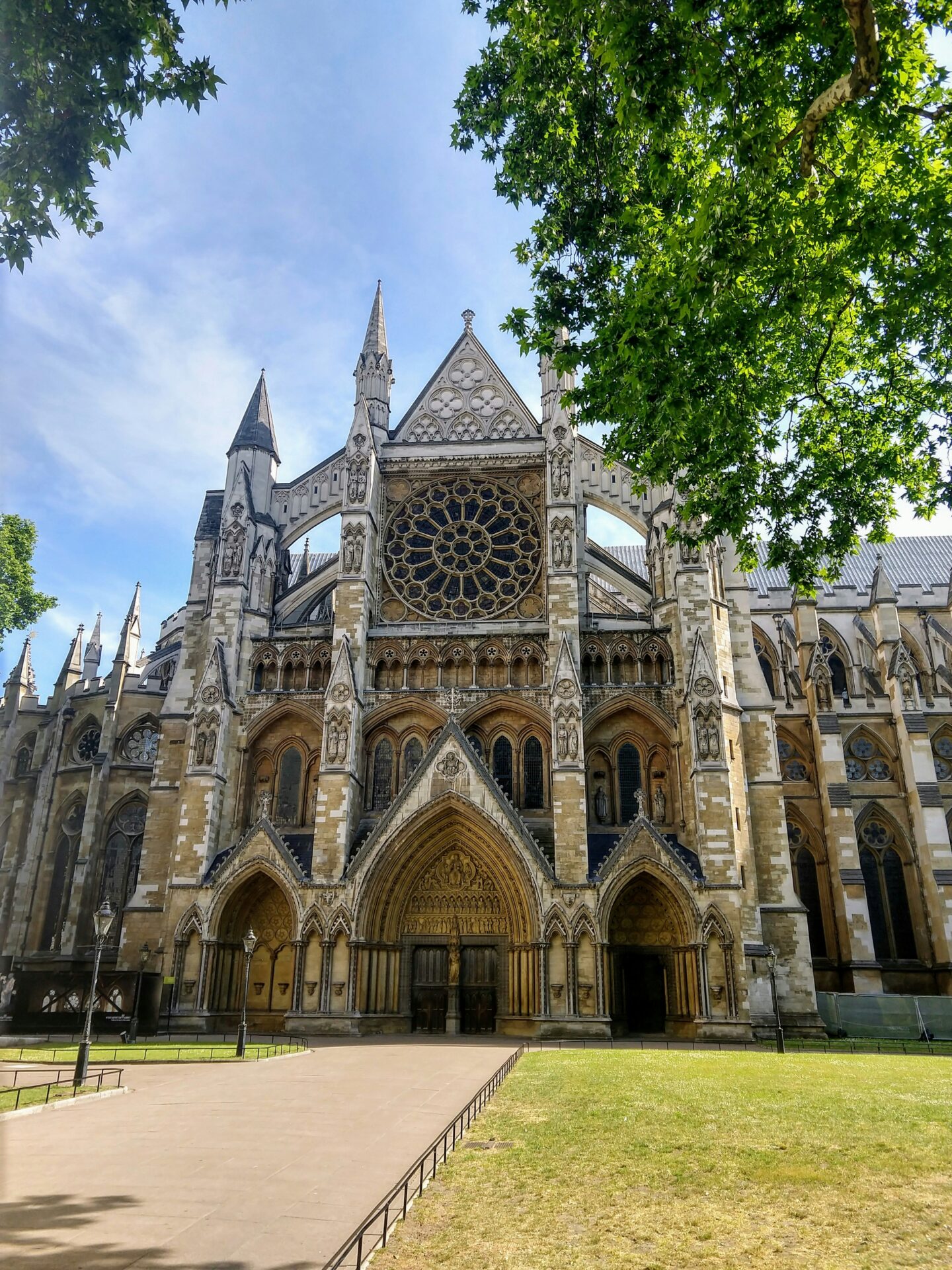
Hidden Corners and the Wilderness Within
Not everything at Westminster Abbey is grand or famous. Some of my favorite moments came from quietly exploring its less-visited spaces.
The Wilderness is a small garden courtyard that’s easy to miss but worth finding. It reminded me how monks once searched for peace in the middle of city life.
Inside, I found hidden chapels and tucked-away memorials. The Cloisters were calm, cool, and perfect for slowing down after the busy main hall.
A few benches overlook wildflowers or old trees, helping me picture life before cars and crowds.
I spotted ancient carvings, faded faces in stone, and even tiny doors leading to forgotten rooms. Here’s a quick list of treasures I stumbled upon:
- The old Chapter House door, which some say is the oldest door in Britain.
- Stone benches in the cloisters, perfect for quiet reflection.
- Shaded paths through Abbey gardens, buzzing with bees and birds.
I left these spaces feeling like I’d seen a side of London most people miss. For a few quiet minutes, the city faded away and history felt close enough to touch.
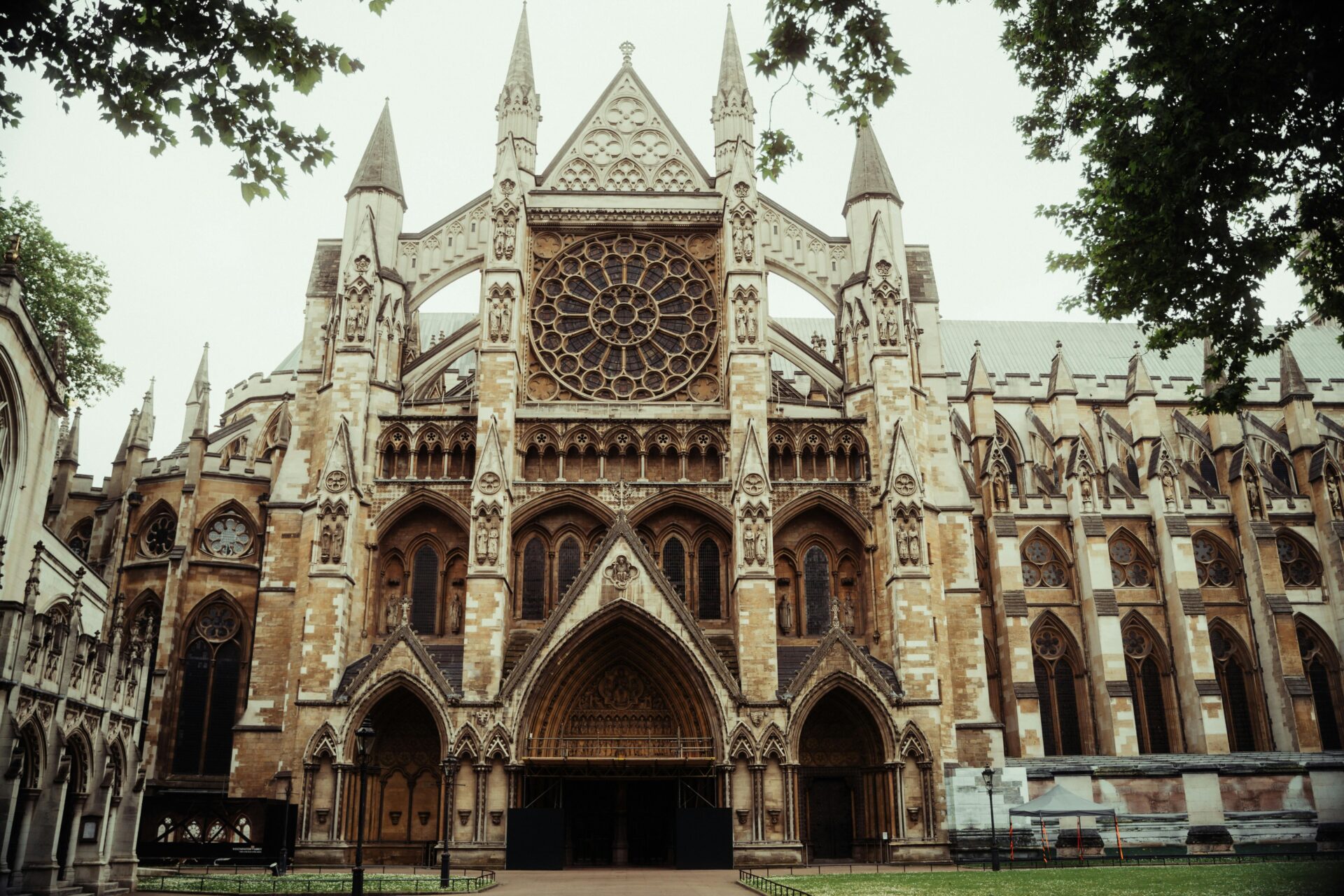
Local Legends, Lasting Inspiration: Westminster Abbey’s Broader Impact
As I wandered through Westminster Abbey, I started to realize its influence reaches far beyond London’s center. Its legacy shows up in nearby towns, in modern English values, and even in literature across the Atlantic.
Influence Across Essex and Beyond
As I wandered the cloisters, I couldn’t help but notice how the Abbey’s influence spills right over into Essex. Local churches there clearly drew inspiration from Westminster’s dramatic Gothic arches and those vibrant stained-glass windows.
Some churches even tried to capture that same vibe in their own way. These echoes of the Abbey weave smaller towns back into the heart of England’s old traditions.
I found out that, back in the day, pilgrims and explorers from Essex traveled to the Abbey for big royal events. They’d come home bursting with stories.
Even now, people from Essex feel a kind of pride knowing such a grand piece of English history sits just a train ride away. That shared history lingers—sometimes it pops up in family tales or local legends.
Tip: Some of the smaller Essex churches offer tours about their connections to Westminster Abbey. Honestly, it’s a nice, relaxed option if you want a quieter day after the Abbey crowds.
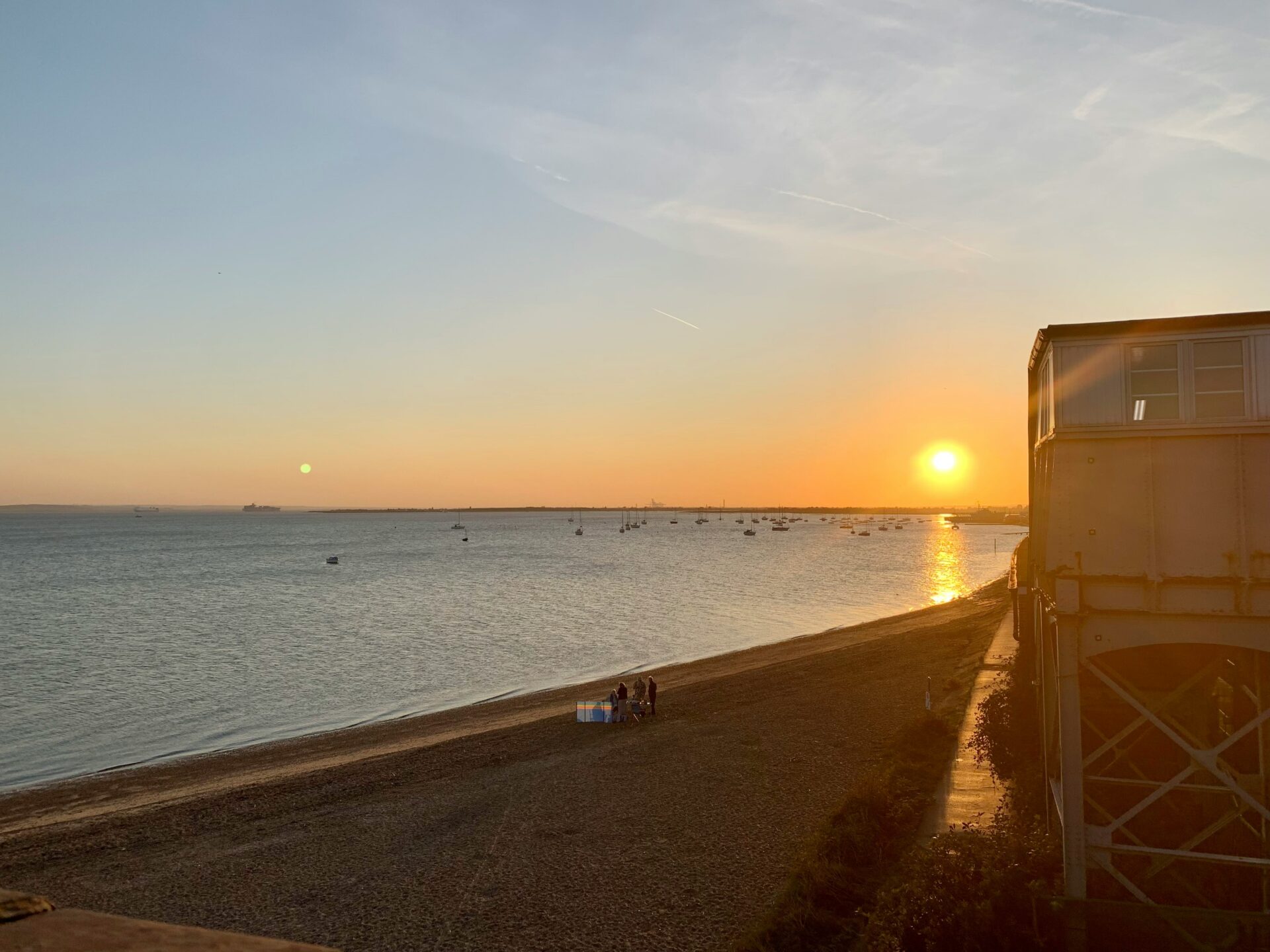
Righteousness and Identity in Modern England
Visiting the Abbey made me wonder: what does it really stand for these days? It’s not just a place for dusty rituals and old stones.
The word “righteousness” is everywhere—in coronation oaths, on memorial plaques. Generations have pinned their hopes, laws, and even their sense of national identity to that idea.
Plenty of locals see the Abbey as a nudge toward honesty and justice. I felt that weight while reading about sacrifice and duty carved into the walls.
Nearby, school groups clustered together, learning that “righteousness” isn’t just church talk. It’s something people try to carry into their everyday lives.
Travel advice: Take your time in the Poets’ Corner. The stories and values you’ll find there still spark lively debates in classrooms and around dinner tables all over England.

From Abbey to American Literature
I stood near Geoffrey Chaucer’s tomb and couldn’t help but wonder how Westminster Abbey shaped not only British writers, but American ones, too. Henry James and Washington Irving both wrote about visiting the Abbey, turning it into this symbol of tradition and continuity.
Their books brought Westminster Abbey to readers all over the United States. You’ll find it popping up in American travelogues and poems, shaping the way Americans imagine English culture.
I once met visitors from New England who traced family journeys all the way back to Essex and the Abbey. They seemed genuinely excited to see the place behind stories they’d grown up with.
Did you know? Some U.S. libraries actually display photographs and rare books about Westminster Abbey, which just shows how its story has traveled far beyond Britain.

